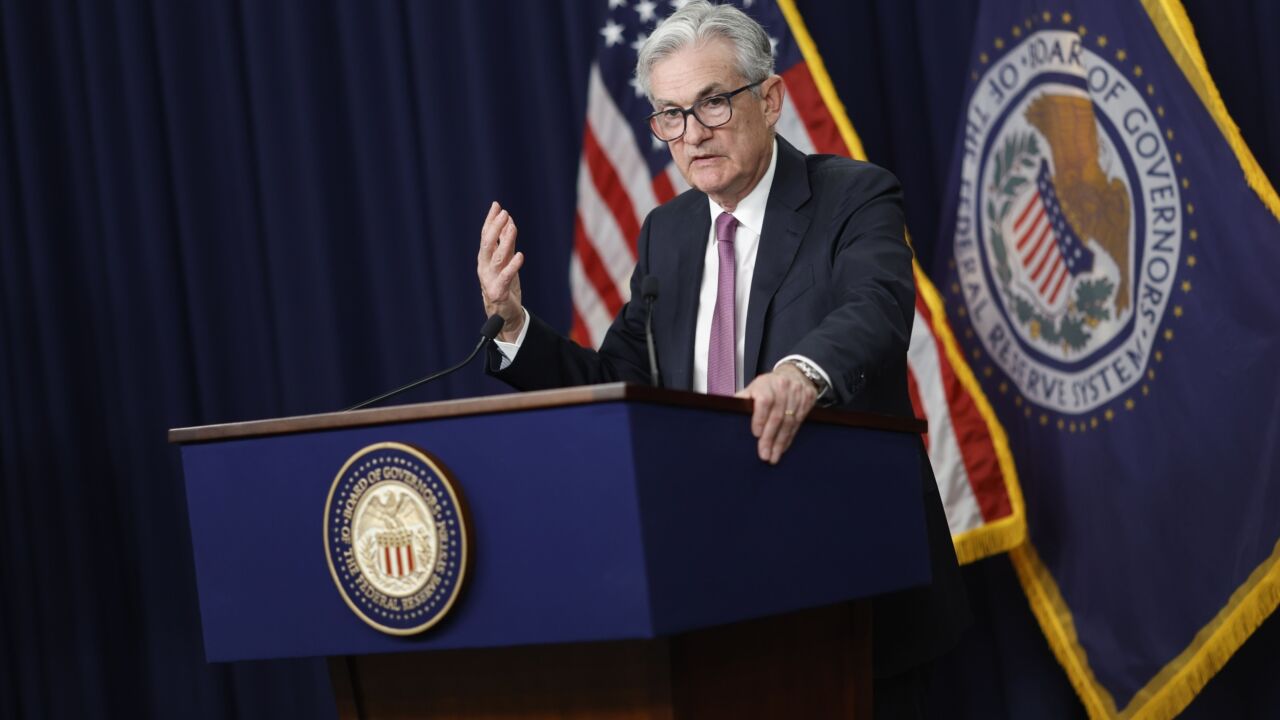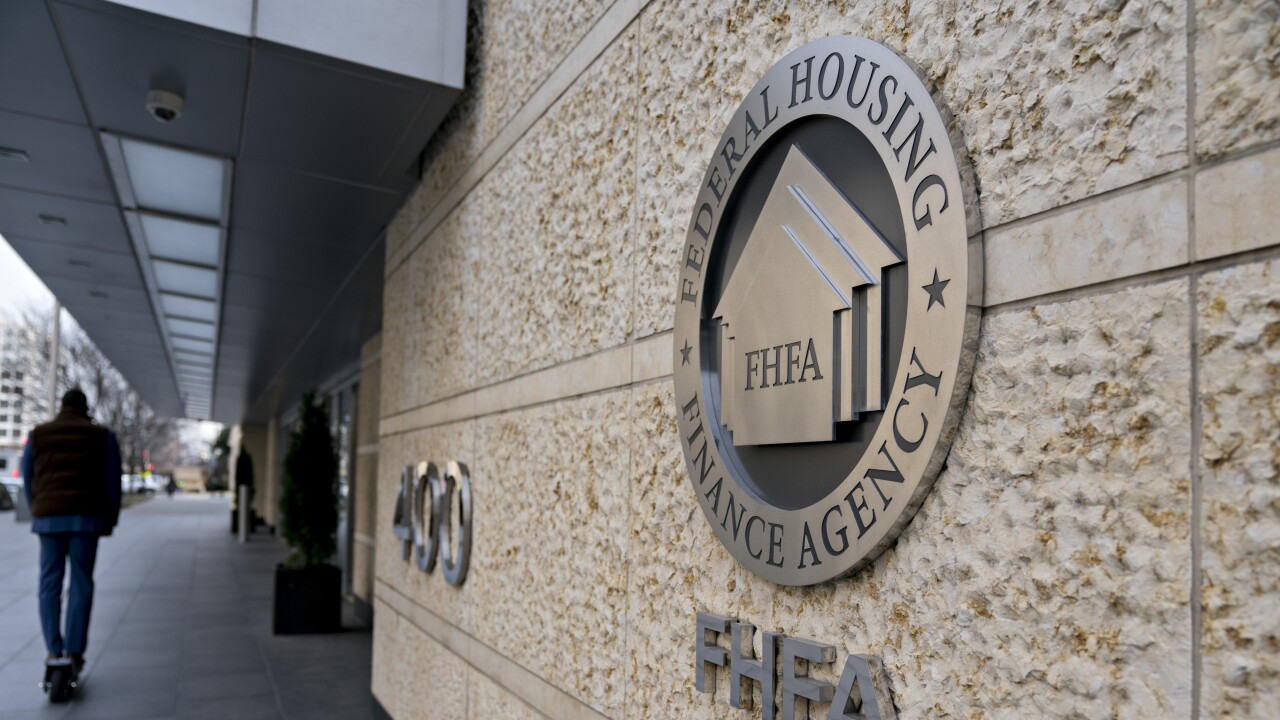
WASHINGTON — Banks experienced a big boost in net income in the first quarter of 2024 even as trouble brewed in the industry's credit card and commercial real estate loan portfolios, according to the Federal Deposit Insurance Corp.'s quarterly banking profile for the first quarter of 2024.
During a press conference accompanying the publication of the QBP Wednesday, FDIC Chair Martin Gruenberg said despite net income increasing, banks' net interest margins declined as competition continued to put upward pressure on deposit costs, while asset yields declined.
"Net income rebounded, asset quality metrics remained generally favorable and the industry's liquidity was stable," he said. "However, the banking industry still faces significant downside risks from the continued effects of inflation, volatility in market interest rates and geopolitical uncertainty. Deterioration in certain loan portfolios, particularly office properties and credit cards, continues to warrant monitoring."
Net income reached $64.2 billion in the first quarter — a 79.5% increase from the prior quarter. The rebound in earnings were largely attributed to the absence of nonrecurring, noninterest expenses at big firms such as goodwill impairment charges and the FDIC's
Community banks also saw a modest increase in earnings, reporting net income of $6.3 billion, which translates to a 6.1% increase quarter over quarter. That boost was driven by fruitful securities' sales and lower noninterest and provision expenses, the report said.
The industry's net interest margin dipped by 10 basis points to reach 3.17%, lower than the pre-pandemic average of 3.25%. Gruenberg pointed to interbank competition for deposits and declining yields on earning assets as the driving forces behind the margin decline.
While the QBP noted bank asset quality was generally favorable, certain asset classes — particularly CRE and credit card portfolios — showed some stress. The industry's noncurrent rate — those 90 days overdue or on nonaccrual status — rose by five basis points from the previous quarter, reaching 0.91%. This figure remains significantly lower than the pre-pandemic average noncurrent rate of 1.28%.
Gruenberg noted noncurrent loan balances steadily rose among non-owner occupied CRE loans, propelled by office CRE loans at the nation's largest banks. Midsize regional banks also felt some stress in non-owner occupied CRE loans, according to the report.
"Weak demand for office space is softening property values, and higher interest rates are affecting the credit quality and refinancing ability of office and other types of CRE loans," Gruenberg said. "As a result, the noncurrent rate for non-owner occupied CRE loans is now at its highest level since fourth quarter 2013."
Banks reported $517 billion in unrealized losses on both available-for-sale and held-to-maturity securities. While this marked an increase of $39 billion from the quarter prior, it is lower than the level seen in the
The FDIC noted higher mortgage rates increased unrealized losses on residential mortgage-backed securities, and that Q1 2024 is the ninth consecutive quarter to show elevated losses since the Fed began raising rates in the first quarter of 2022.
Eleven additional banks were added to the agency's Problem Bank List in Q1. That means a total of 63 banks — 1.4% of all FDIC-insured banks with $82.1 billion in assets — had a problematic
The agency's Deposit Insurance Fund contained $125.3 billion at the close of Q1, an increase of $3.5 billion from the end of the previous quarter. The reserve ratio — which calculates the fund's balance relative to total systemwide insured deposits — increased by two basis points to 1.17%.
The agency says the reserve ratio is still on track to reach the 1.35% legally required reserve ratio by the statutory deadline of September 30, 2028.
Gruenberg also briefly fielded questions about






